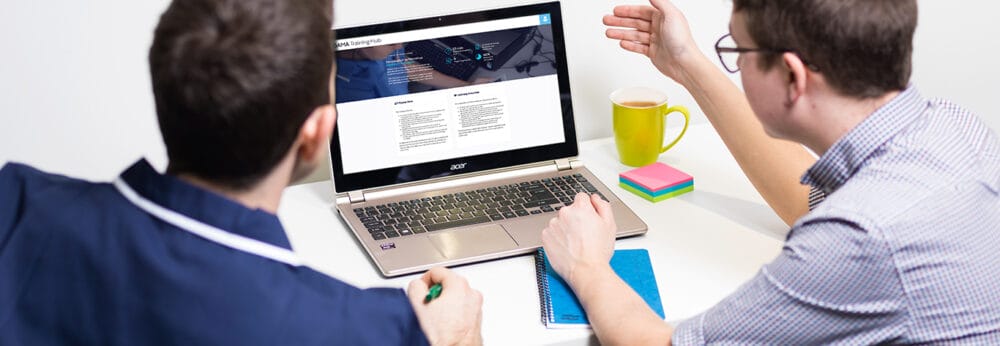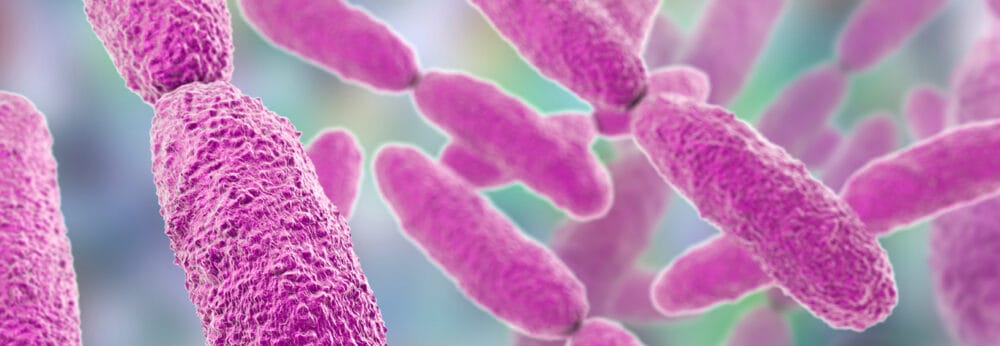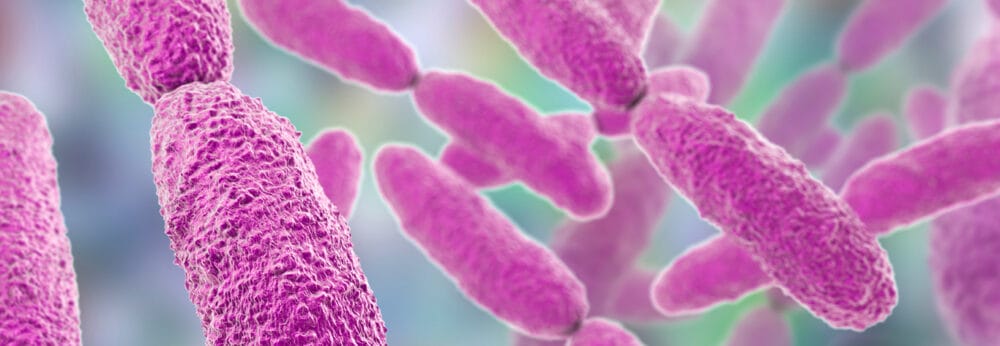Posts Tagged ‘S. aureus’
Microfibre and water isn’t magical
There’s a word on the street that microfibre combined with water is suitable for all cleaning challenges. But a study from Prof Jean-Yves Maillard’s lab in Cardiff suggests that water and microfibre alone achieves only a moderate removal of bacteria from surfaces and readily transfers bacteria between surfaces. Adding disinfectants to microfibre enhances their efficacy considerably. The…
Read MoreReducing HCAI through improved training and education
A new randomised controlled intervention study published in the Lancet Infectious Diseases by Professor Brett Mitchell and a group of Australia researchers reports that introducing an environmental cleaning bundle reduced the rate of HCAI. A new randomised controlled intervention study published in the Lancet Infectious Diseases by Professor Brett Mitchell and a group of Australia researchers reports…
Read MoreThe role of dry surface biofilm in spreading hospital pathogens
We have discovered only in recent years that dry surface biofilms are commonplace on hard surfaces in hospital. A recent Australian study illustrates clearly (and alarmingly!) that bacteria can be transferred from dry surface biofilms to the hands of healthcare workers – and so probably have an important role in transmission. This simple lab study evaluated the…
Read MoreLook out: antiseptic resistance genes about!
A Turkish study has found a surprisingly high rate of antiseptic resistance gene carriage in clinical isolates of staphylococci (71% of 69 isolates carried either qacA/B or smr, which have been associated with reduced susceptibility to chlorhexidine). This study highlights the potential for bacteria to eventually develop reduced susceptibility or resistance to whatever is thrown their way! The study team…
Read MoreSelf-disinfecting surfaces: promising but not there yet
A recent JHI study highlights both the promise and limitations of self-disinfecting surfaces. The study evaluated the efficacy of five different self-disinfecting surfaces against S. aureus under simulated real-life conditions. The small antimicrobial effects noted initially disappeared once most of the surfaces began being cleaned using alcohol wipes! The team examined the efficacy of five self-disinfecting surfaces: a micro-patterned…
Read MoreChlorhexidine resistance: a remote risk?
A helpful US study tracked the non-emergence of phenotypic or genotypic chlorhexidine resistance associated with hospital-wide use of chlorhexidine gluconate (CHG) antisepsis. The 700 bed hospital introduced hospital wide CHG bathing in 2010, removed it in 2011, and reinstated it in 2015. They evaluated a collection of S. aureus isolates that were considered hospital-acquired and found that there was…
Read MoreStandardising the testing of disinfectant wipes
There has been quite a bit of discussion lately about the suitability of laboratory testing methods for wipes. This is a crucial issue, and may explain to a large degree the differences in wipe performed when tested in parallel. For example, a study of wipes with sporicidal claims found that few actually demonstrated meaningful sporicidal activity! A recent…
Read MoreWiping away contamination? Don’t be so sure!
An excellent study from the Maillard group has put a range of detergent wipes through their paces. The keys findings are that there was a surprising degree of difference in performance between the wipes. But all of them had a nasty tendency to spread contamination rather than remove it! The study team put 7 different wipes through…
Read More




